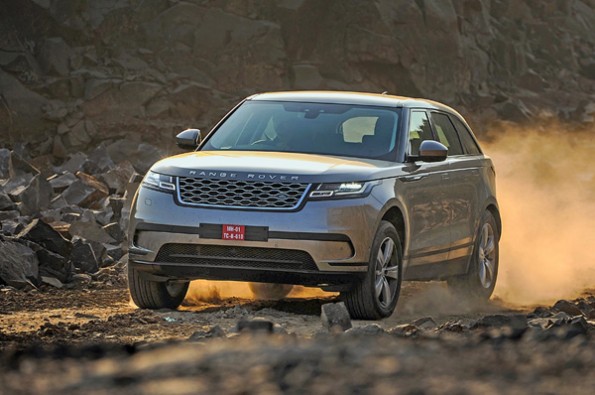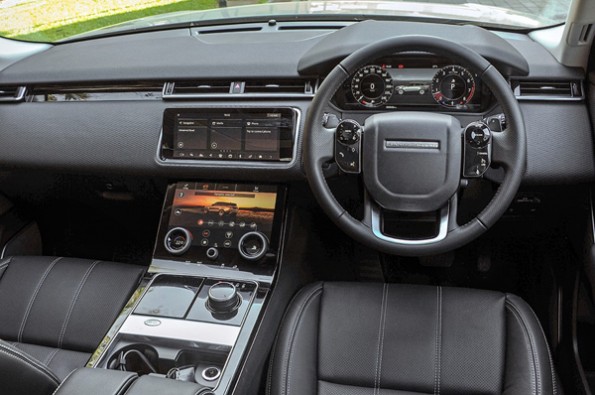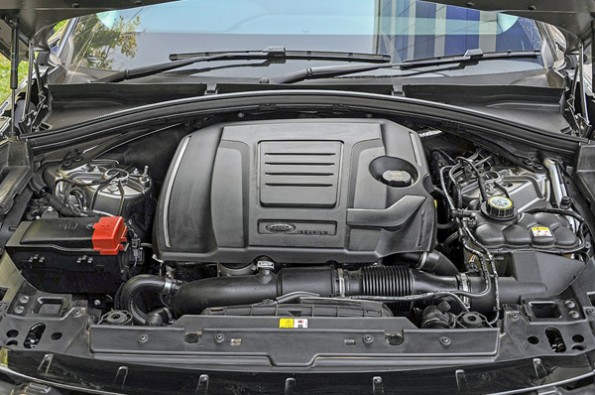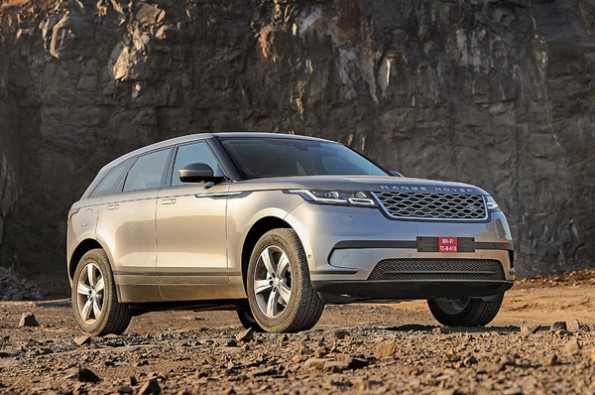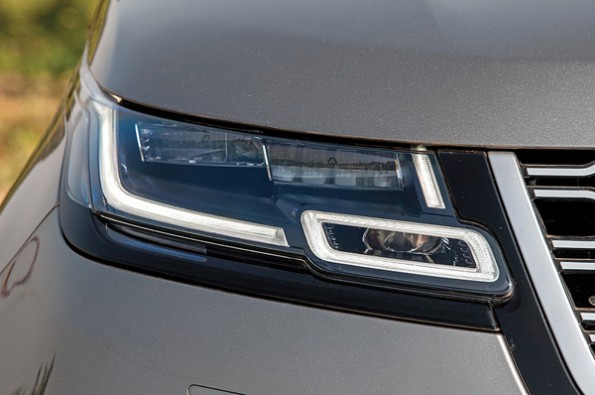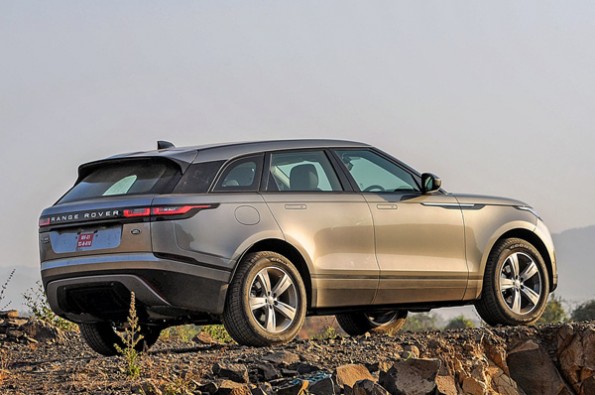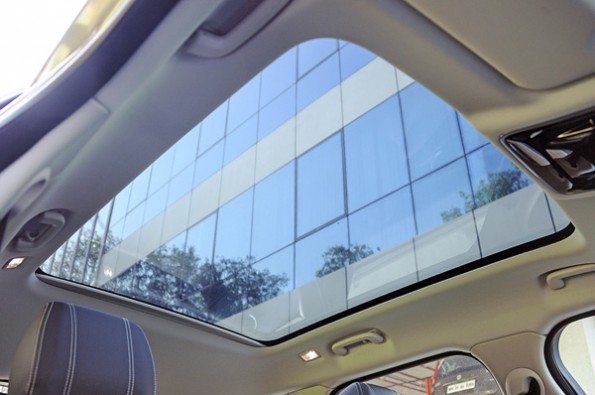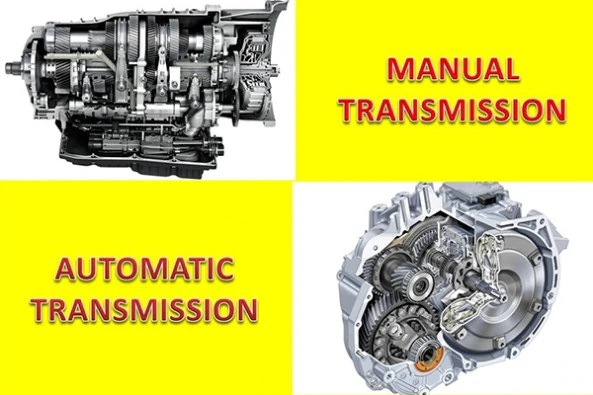This is Land Rover’s fourth car for India and it will be positioned between the Evoque and Range Rover Sport. Just like the F-Pace, which is this car’s cousin from Jaguar, the Velar is built using a lot of aluminium. This SUV is stunning to look at from every angle – it literally has no bad side.
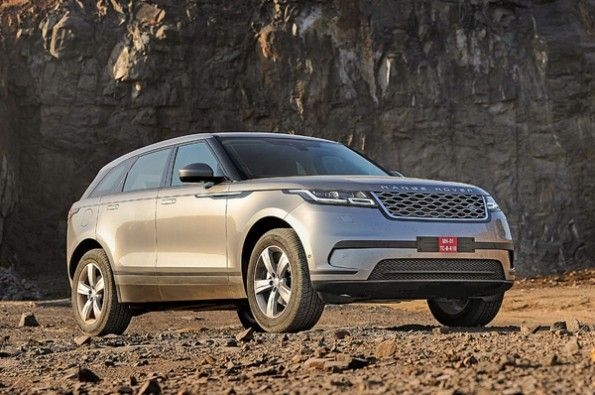
On the outside
This 4.8-metre long SUV is no nonsense – study its tight-skinned body in detail and you won’t find any superfluous details either. The company calls this form of styling ‘reductionism’ – the lines are crisp, and the attention to detail is impeccable. The door handles sit flush within the body and only pop out when the car is unlocked. Our test car is the mid-spec SE trim.
On the inside
The cabin is a huge step forward - the Velar’s cabin incorporates technology in a Rangie like never before. Land Rover has added its Touch Pro Duo, its latest infotainment system. The interface has two high-definition 10-inch touchscreens that form the centre console. You can electrically adjust the top screen in an angle you’re comfortable with. The lower screen houses less frequently altered settings such as those for climate control and drive modes. The graphics to represent drive modes are great to look at. In total, there are three control knobs (of which one is for volume control) on the entire centre console.
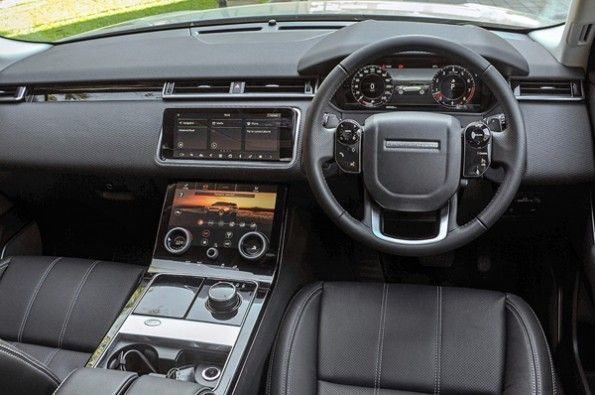
That’s not all. There’s a high-res digital instrument cluster and even the steering buttons have touch-sensitive surfaces. Whirl your thumb on the button to adjust volume, just like you used to on the earlier-generation iPods. However, this car doesn’t get Apple CarPlay and Android Auto. The rest of the cabin is also really well finished and has that typical Land Rover level of robustness. The dashboard is neat and there’s lots of storage spaces and enough charging sockets.
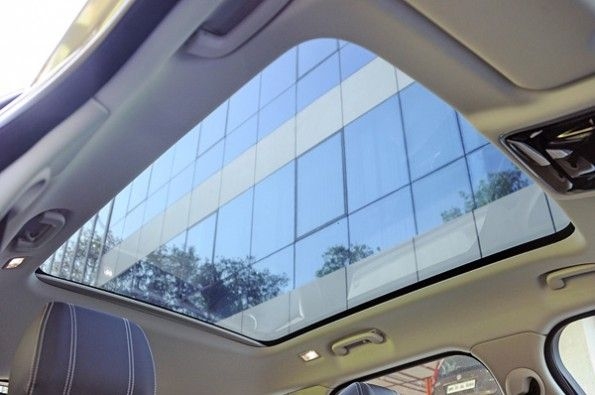
Unfortunately, if you’re seated at the back, the relatively small windows rob it of some airiness. You get a commanding view of the road when you’re driving though. There’s a full-length glass roof as well. Access to the back isn’t the easiest, but as a space for two, there’s a good deal of legroom on offer, the seat is supportive, and you can recline the backrest. You also get a full-size spare as standard.
Under the hood
There are three options on sale – a 180hp, 2.0-litre diesel, a 300hp, 3.0 V6 diesel and a 250hp, 2.0 petrol. The 2.0-litre engine is from Jaguar Land Rover’s Ingenium family and will make its way into more cars in the near future. The engine is really refined right from the get-go, it runs quite muted, and, in effect, masks the performance it has to offer. The car pulls strongly and in a linear fashion. It responds quickly. The eight-speed gearbox does get a bit jerky in its shifts every now and then. But you can always take manual control and shift gears via the paddles.
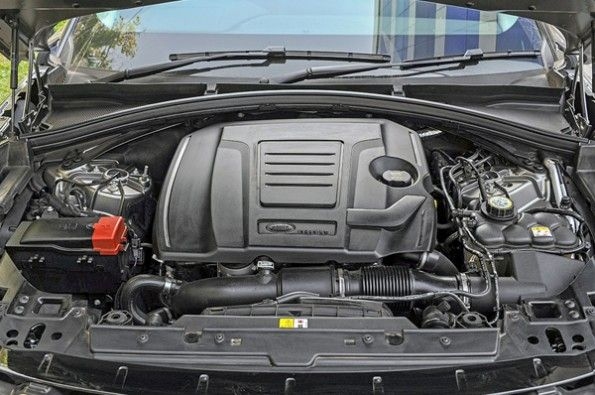
How does it ride?
There are two suspension setups on offer. Ride quality from the standard setup is good but not as great as that of the larger Range Rovers. There’s a bit of side-to-side movement on broken surfaces at low speeds and the car is a little wavy on the highway. However, the 19-inch tyres make light work of potholes, and the Velar promises a wading depth of 600mm.
You can take this car off the road every now and then. It even has a rear-biased all-wheel-drive system as standard, and there’s Land Rover’s Terrain Response system as well. The electronics suite includes hill descent control. As far as handling is concerned, the Velar is the most road-biased yet. You get good grip and its eager to turn directions.
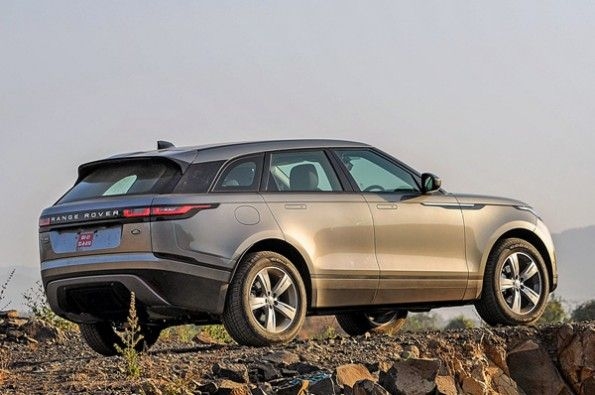
Should I buy one?
This car comes with a hefty Rs 80 lakh-plus price, but it offers so much. You get a high-tech cabin that makes other modern SUVs seem like they’re from the previous generation. It’s comfortable and great performer, so you’ll definitely be happy with a Velar in your garage.
